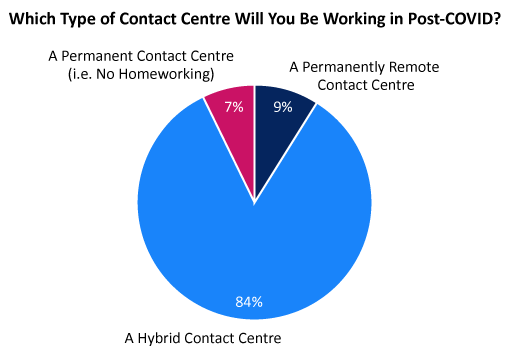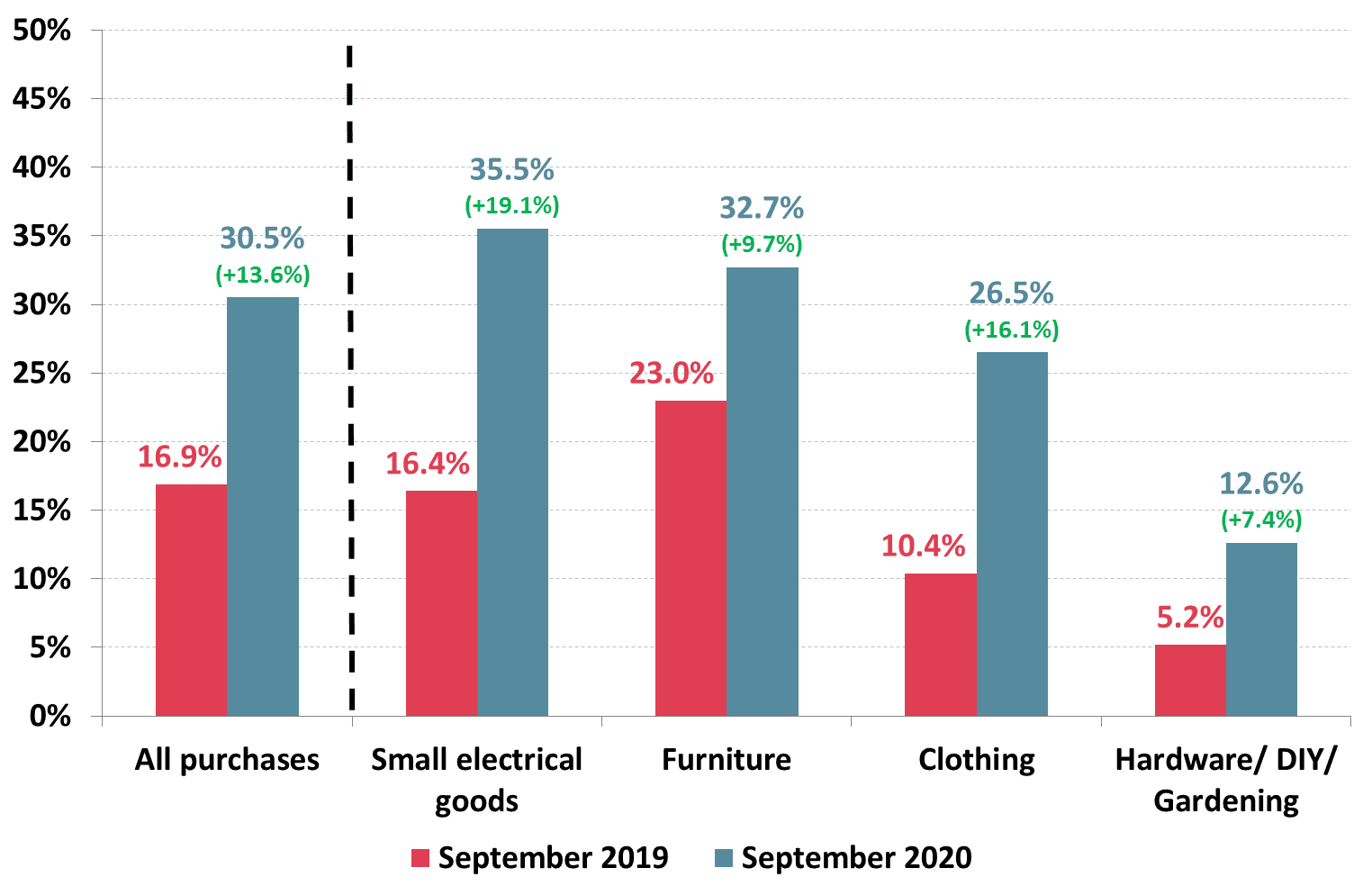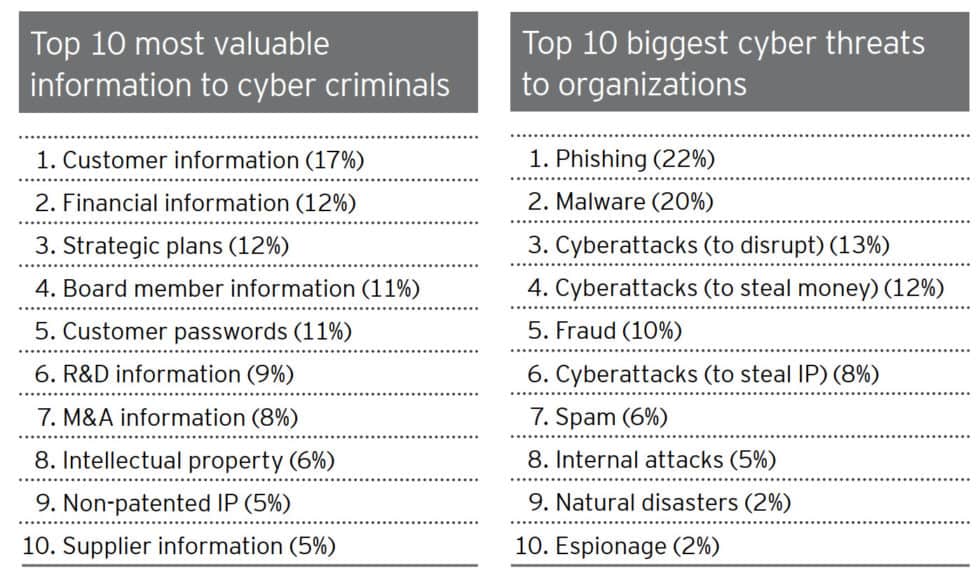In Australia and New Zealand, the forced “working from home period” is over for many of us at last, and organisations and businesses have important decisions to make about working arrangements in 2021 and beyond.
As two of the very few countries in the world to have achieved near elimination and enter a post-pandemic environment, we are in the position to allow people back to their places of work. People can once again move about their cities, states and their nations without being fearful of contracting the virus. We can go to public places, travel on public transport and return to our places of work, albeit with new distancing and hygiene rules.
But the real question is – will everyone want to return to “normality” – ie: to how it was prior to March 2020? The business and working landscape has changed dramatically, and things might never be how they used to be again.
Will people return to the office?
After months of working from home, many people are thoroughly enjoying the flexibility they have, and are reluctant to physically return to their place of work.
They’ve gotten used to dressing comfortably, being able to listen to their preferred music, having more time to play with the children and having their pets around as they work. Working from home has meant less interruptions, fewer meetings and no physical travel, which has helped many to be more focused and productive. Interestingly (46%) of women who participated in a global survey by Atlassian say their confidence in their ability to achieve has improved since the move to remote work compared to only 40% of men.
For others, working from home has been stressful for a variety of reasons. 31% of people surveyed felt vulnerable and concerned over colleagues or customers seeing them in a less formal environment in video meetings. Some did not have a separate or quiet place to work from; others missed the work rituals (like travel and dress codes) to keep work and private life separate.
And then there’s the loss of human connection and socialising. “People miss people the most. There’s a credible value to real-life in-person contact,” says Liz Burow, the former WeWork vice president of workplace strategy. Burow says offices will function in two key ways: as spaces where people gather for leadership, personal development and culture; and as clubhouses where they come together to collaborate and congregate.
It’s a conundrum, that’s for sure. Some people want to return full time, some don’t.
According to Ashley Whillans, a professor at Harvard Business School some would be happy to switch to a 3-3-2 work week. This means letting employees work from home two or more days per week, with some opting for three days in office, two days remote and then two days off. Some employers may even cut down to a four-day work week altogether.
Brittney Van Matre, Nike’s director of workplace strategy and operations, believes that companies will need to entice people with either “a kickass headquarters with a lot of amenities and a super slick experience” or “a really unique experience that you can’t get anywhere else.” Assigned seating is gone, Van Matre warns. Surveys from Nike show employees want to work in an office only twice a week, in a collaborative environment.
LinkedIn’s Workforce Confidence Index reports that approximately half of Australia’s professionals in software and IT services, finance, public administration and corporate services are anticipating their companies will allow them to work a combination of onsite and remote.
The topic of future working arrangements in Australian Contact Centres was polled by Call Centre Helper in a webinar, and the overwhelming response was in favour of moving to a hybrid arrangement.
 Tech trends in our new working world
Tech trends in our new working world
The migration to remote working is just one of many implications of continuing to do business in a pandemic ravaged world.
1. Significant growth in online shopping
With restrictions on visits to shops, cafes and marketplaces, has come the rapid rise in ecommerce shopping. Roy Morgan research into shopping behaviours in September 2019 compared to September 2020 shows online purchases have nearly doubled from 17% to 30.5%, and this doesn’t include food and grocery shopping.
 With the growth in online shopping comes the need for online customer service to supplement, if not replace the work done by in-store staff. The retailers who retain market share in the highly competitive ecommerce space are those which manage the customer journey well, and deliver outstanding customer service, consistently. A crucial component of achieving this involves investing in cloud-based technology to cater for omnichannel communications via web chat, sms, email, phone and social media messaging.
With the growth in online shopping comes the need for online customer service to supplement, if not replace the work done by in-store staff. The retailers who retain market share in the highly competitive ecommerce space are those which manage the customer journey well, and deliver outstanding customer service, consistently. A crucial component of achieving this involves investing in cloud-based technology to cater for omnichannel communications via web chat, sms, email, phone and social media messaging.
Even more important is ensuring that you have a robust solution which can quickly scale to meet changing volumes, provide IVR for self-service options, and equips your team members with all the tools they need to be able to deliver exceptional service quickly.
2. Unfortunate growth in security issues
As the world has moved online to work, shop, play and communicate; unfortunately, so have the criminals. The following stats on cyber-crime remind us all that no-one is immune and every business is at risk.
 EY – Global Information Security Survey 2018-2019
EY – Global Information Security Survey 2018-2019
Of particular concern is the potential risk posed by remotely located staff. Customer service staff are often targeted by catfishers trying to fraudulently obtain customer information for identity theft purposes.
Combatting fraud and identity theft involves implementing procedures and technology that make it extremely difficult for fraudsters to dupe contact centre team members. Recommendations include:
- Verifying that your team members use secure WiFi at all times
- Providing team members with secure cloud-based contact centre technology such as Premier Contact Point to manage all customer communications
- Using multi-factor authentication to verify customers identity for login or other transactions
- Using voice biometric for customer identity verification, particularly in the financial sector.
- Using dual-tone multi-frequency (DTMF) technology or secure smartphone payment technology for making payments over the phone whilst still in communication with your customer service staff.
- Ensuring all calls are recorded to facilitate monitoring of adherence to security protocols.
In addition, your remote team members need to be trained and kept up to date regularly about the latest hacking and phishing tactics. Ideally, they should also be restricted from installing unauthorised software, and their equipment regularly updated with the latest security measures. This can be done remotely by system administrators.
3. Growth in the use of integrated apps and collaboration tools
To enable a permanent hybrid working world, contact centre managers need to provide a flexible, connected workplace that gives team members all the applications, information, and collaboration tools they need to perform their roles effectively.
- A cloud contact centre solution is the most effective way remote and office-based team members can continue to work as one contact team, making and receiving calls. On premise systems simply do not cater well enough for remotely located staff.
- A vital part of an agent’s toolkit is their dashboard display. A real-time display telling them what’s happening in call queues, and other essential performance monitoring data keeps them engaged, informed and performing.
- Access to a fast, stable NBN internet connection and quality approved headset will protect call quality and improve the customer experience.
- Access to a good quality desktop computer or laptop. Some companies are providing these pre-configured with the required apps and security, so that team members don’t use their personal or family equipment.
- Access to collaboration tools such as Microsoft Teams, Slack, Zoom or other messaging and conferencing tools are vital for ensuring team members stay connected.
- Access to a dynamic, contextual knowledge base is way more helpful and effective for advisors seeking answers, than having to wade through reams of word documents in a shared folder.
- Two -way integration of customer data into the cloud contact centre solution is the most cost effective and efficient method of keeping customer records up to date and stored in a single database, rather than across multiple data silos.
Customer trends in our new world
While at this stage we are all quietly confident that the pandemic is at bay in our part of the world, it could raise its ugly head again as it has done in Europe, Asia and America.
What we do know is that the increased demand for customer service, and the way it is delivered, is here to stay. In a world where Gen Ys and Gen Zs have been digitally connected since birth, and have their mobile phones with them every minute of the day; they expect help to be available via their preferred platform – directly to their phone. Check out Mobile Customer Experience for tips on how to do this effectively.
The absolute necessity of providing exceptional customer service, at every point in the customer journey, cannot be over-stated, and this is why contact centres are now more important than ever. No longer should they be regarded as “cost centres”, as their intrinsic value to a business has been well proven during the COVID-19 outbreak.
They are now the prime face of many businesses. They are the main source of information on what customers think about a business and its products and services. They are your gateway to your customers’ world.
As we slide into 2021, there are many changes and choices to be made around work environments, technology solutions and partners, and the delivery of quality customer experiences. These are the important decisions for leaders to make in order to stay relevant, to be competitive, and to achieve growth in the new world.
Business as usual from home or the office
Premier Contact Point is the best cloud contact centre solution available when it comes to making it easy to carry on with business as usual with team members working from home, or in a hybrid office/home scenario. Get in touch with us today to see just how powerful it will be for managing your future.
